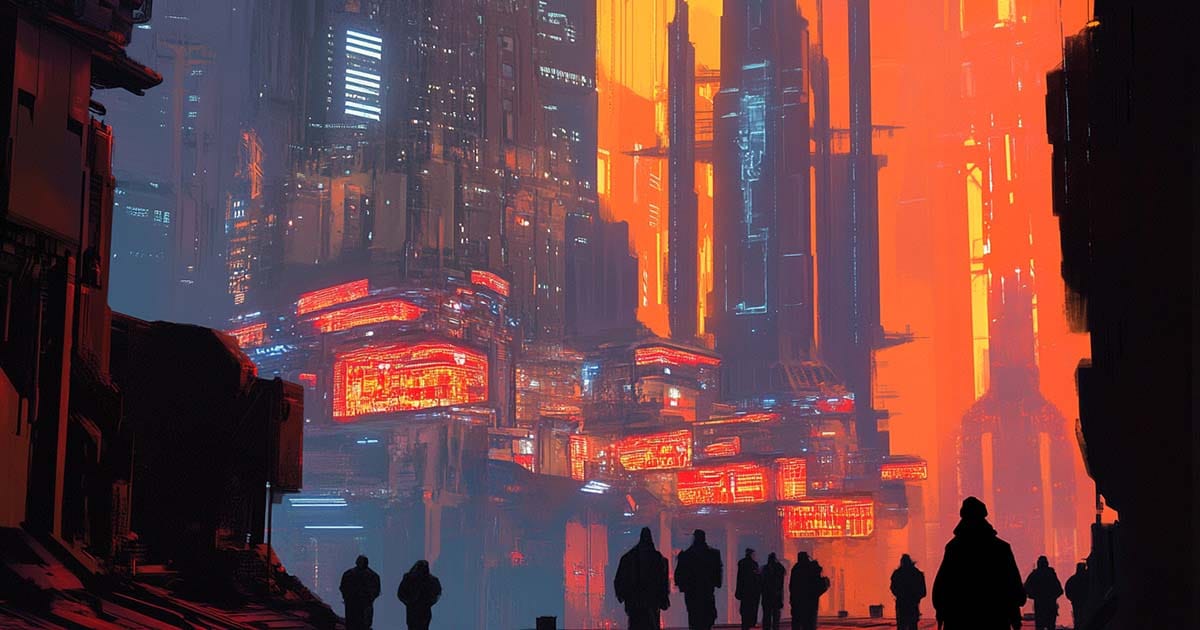When Philip K. Dick Went to Hollywood
Explore how Philip K. Dick's stories inspired more than a dozen science fiction films like "Blade Runner," "Total Recall," and "Minority Report," each reflecting his signature themes of reality, identity, and uncertainty.

Philip K. Dick's Mind-Bending Legacy on the Silver Screen
From Page to Projector
When it comes to science fiction writers whose work has exploded beyond the printed page, few have made the leap quite like Philip K. Dick. Though his novels and stories were steeped in paranoia, metaphysics, and questions of identity, Hollywood found something deeply cinematic in his chaos. What followed was a transformation of Dick's obsessions into visual spectacles that still echo through pop culture. His work became a strange and fitting blueprint for a world that no longer trusts its own reflection.
Enter the Blade Runner
It began in earnest with "Blade Runner" in 1982, Ridley Scott's noir-soaked adaptation of "Do Androids Dream of Electric Sheep?" The film preserved Dick's mood of existential dread while trading his dusty future for rain-slicked alleys and neon gods. The question of what makes us human—so central to the book—was placed on a cinematic altar, offered up as both a mystery and a warning. Viewers left the theater unsure if the hero was real or not, and that was precisely the point.
Memory Games and Martian Dreams
"Total Recall" brought Dick's story "We Can Remember It for You Wholesale" into the action-movie orbit of 1990. Arnold Schwarzenegger played a man whose memories might be fake, or worse, real. The film dressed up big ideas with big explosions, but the philosophical center held. Even amid gunfire and Martian intrigue, viewers found themselves asking what they would believe if everything they remembered could be a lie.

The Surveillance Future
"Minority Report," released in 2002, offered a sleeker vision. Adapted from Dick's short story of the same name, the film imagined a future where crimes could be prevented before they occurred. Tom Cruise ran through a bureaucratic nightmare where free will and determinism wrestled in every scene. It was a world of smooth interfaces and deep unease, perfectly echoing Dick's distrust of systems and authority.
Into the Author's Mind
By 2006, Richard Linklater's "A Scanner Darkly" gave us something even closer to Dick's inner world. Using rotoscope animation, it captured the disorientation and surveillance that defined the original novel. It was not a blockbuster. It did not want to be.
But for those who had wandered through Dick's pages before, it felt like stepping into a mind cracked open. The rotoscoping made reality flicker and warp. The characters, like the audience, drifted between clarity and confusion. It was pure Philip K. Dick, rendered in animation and anxiety.

More Than a Dozen Realities
Other films followed. "The Adjustment Bureau" in 2011, based on "Adjustment Team," played with fate and divine meddling. "Paycheck," "Next," and even the lesser-known "Screamers" all traced back to Dick's short stories. Whether the results were sharp or sloppy, they carried with them the seeds of his discontent.
These films do not just borrow plot. They channel mood. They amplify the questions Dick asked on paper. In doing so, they introduced millions to the thrill of never quite knowing what is real.
A Legacy of Uncertainty
Dick's work may have begun in the pulp pages of the 1950s, but its afterlife glows brightly in the dim light of a future that feels more like his every day. One writer, over a dozen films. It is not a legacy of control. It is a legacy of uncertainty. That is what makes it last.

